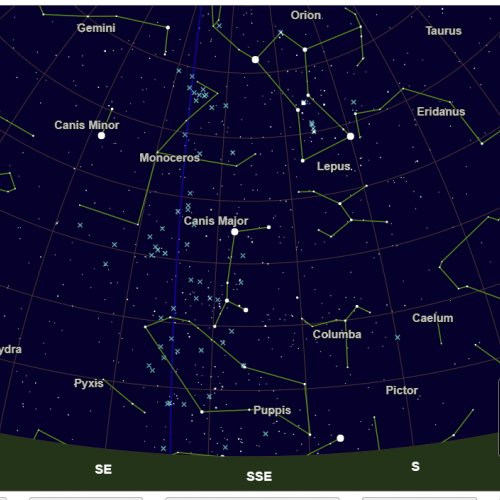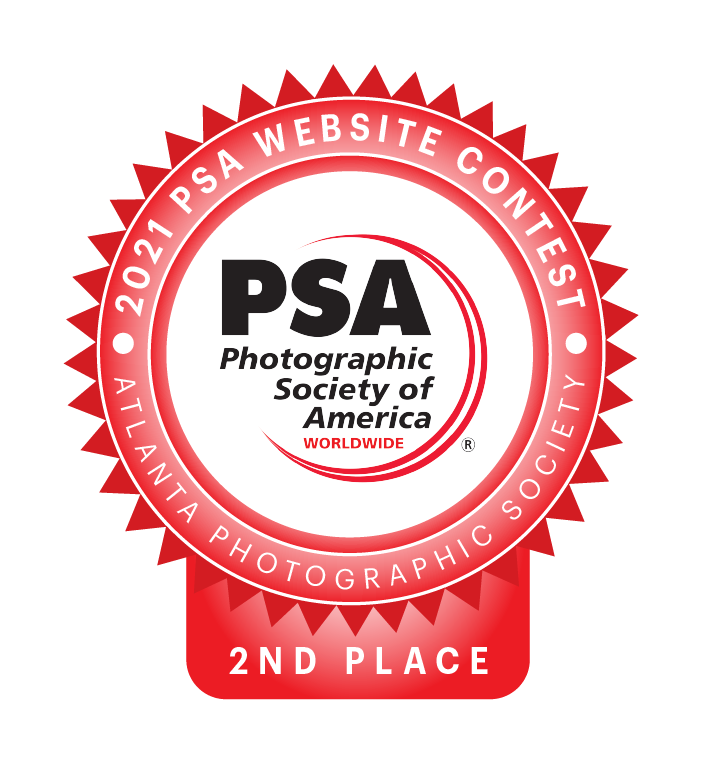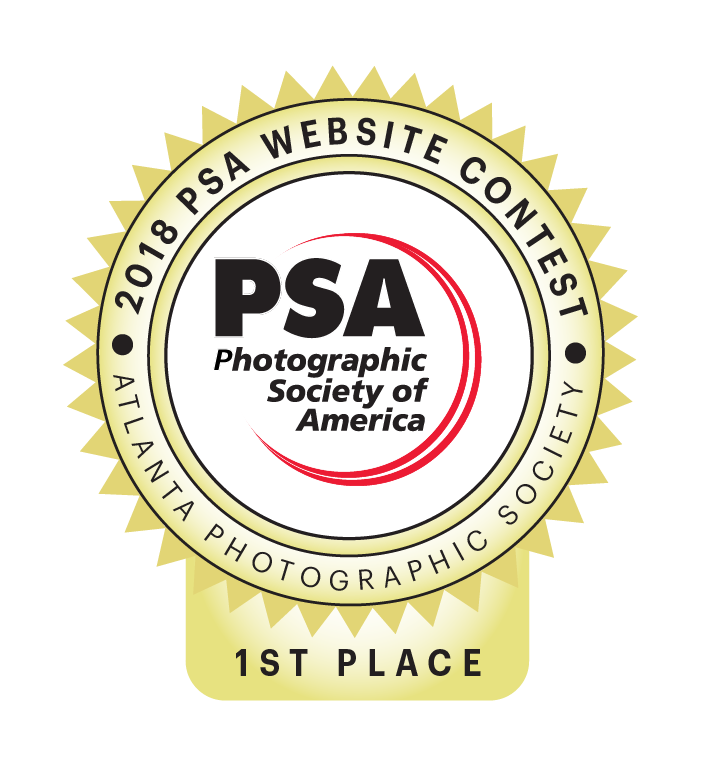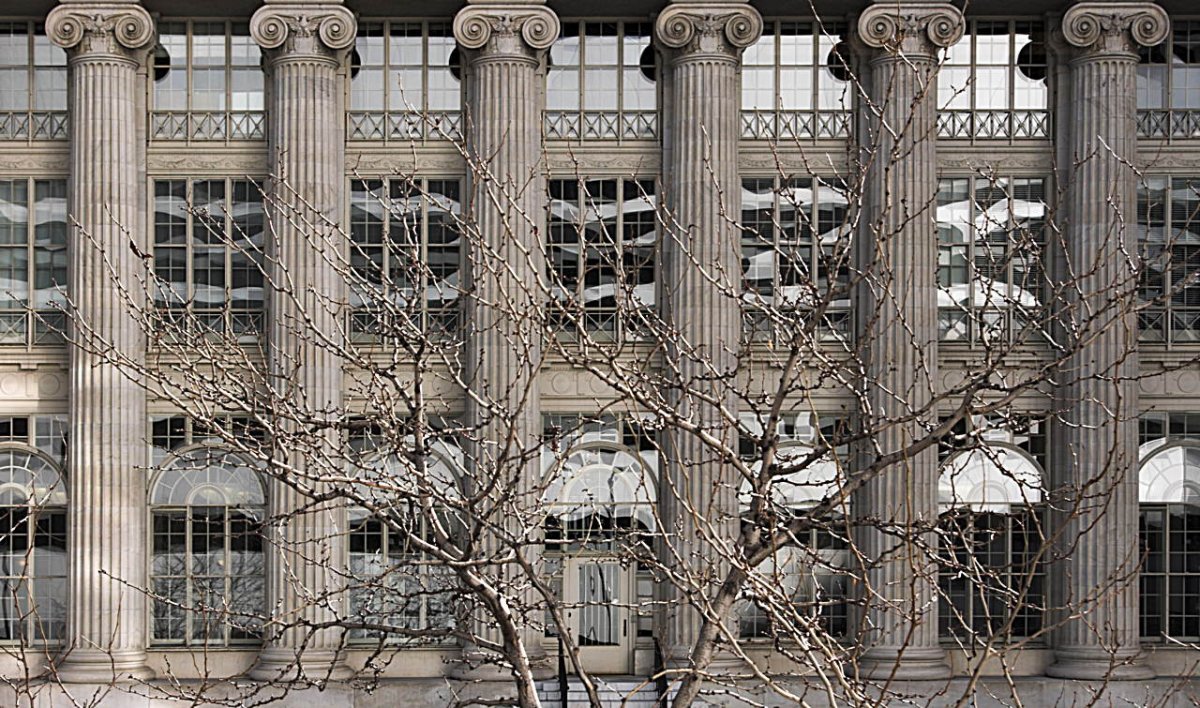Field Trip Plans
This is a tickler for an APS field trip to photograph the Milky Way (plus landscapes and wildlife) on and around the first weekend of February 2019. This is a new-moon date, when there will be almost no moonlight to spoil an otherwise “dark sky,” and to catch comfortable temps and minimum mosquitos. (The bit about mosquitos is, of course due to the swamp location. During peak season for the critters, about May through November, they will not only bite, but might carry you off.)
The location is Stephen Foster State Park in the Okefenokee Swamp in extreme South-East Georgia. This is a nationally known “dark sky” area and probably the closest one to Atlanta. The focus is not astrophotography using a telescope, but if that’s your thing, this location and date would be good for that, too. Meteor showers also make great “dark sky” photo opportunities, are also beyond our scope here.
Dark Sky Photography
What’s this dark sky stuff? The Milky Way has been above us for billions of years and will be there until the end of time, but we typically can’t see it in daytime, during overcast conditions, or even on clear nights due to air and light pollution. Light pollution is scattered light from sources here on earth and from the moon, which prevents us from seeing all but the brightest stars and planets.
 Light Pollution: Great "Dark Sky" areas include Big Bend National Park, highlighted on the left, and the Okefenokee Swamp highlighted on the right.
Light Pollution: Great "Dark Sky" areas include Big Bend National Park, highlighted on the left, and the Okefenokee Swamp highlighted on the right.
An example of the opposite of dark sky would be the Las Vegas strip, or anywhere in or near Atlanta. Terrible places to photograph the Milky Way! For avoiding weather problems and overcast sky conditions, we need to stay a couple of nights and catch some luck.
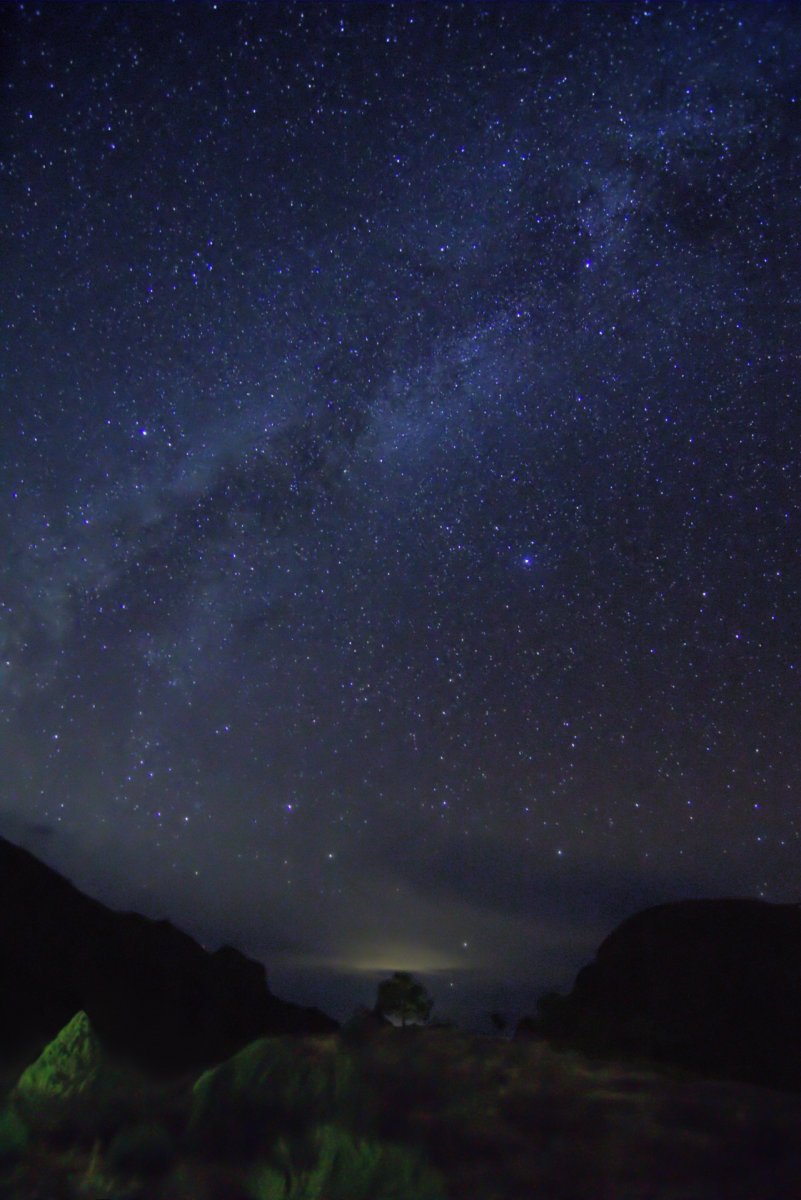
Light Through the Window - Chisos Mountains, TX by Jim Harrison
Don: "I’m kind of like the guy on TV who isn’t a doctor but plays one on TV. I’ve never photographed the stars, but I have done a bit of research. I’ll be passing along tips from my internet reading."
Jim: "I’m a bit more experienced, having captured the Milky Way from another famous dark sky area: Big Bend National Park. I’ll try to keep Don under control and on track."
Equipment & Technical Tips
In addition to the when and where of this kind of star photography, there are several technical considerations to know about.
You must have a tripod, the heavier the better, and a “fast” wide angle or normal lens. A long lens, like 400 to 600mm, will be just about useless here. What’s a fast lens for this purpose? At least f.2.8, with f1.4, f1.8, or f2 better. Plan on shooting with the lens wide open.
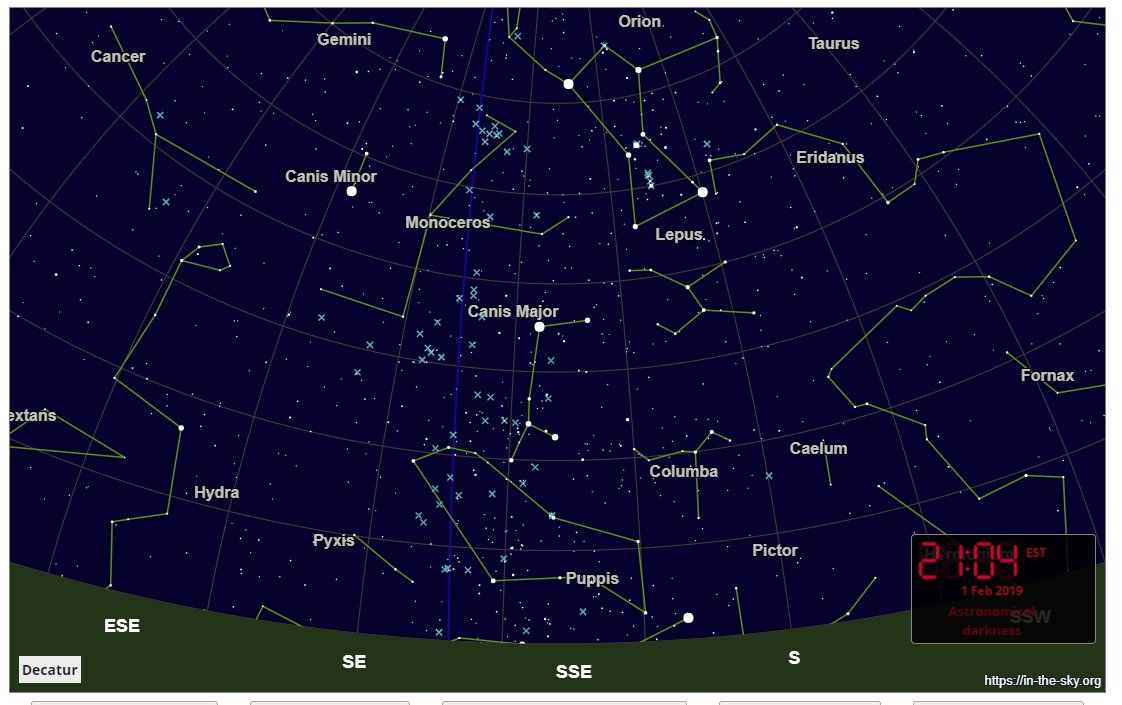
Sky Map for February 1, 2019, ~9pm (from in-the-sky.org)
Next, turn auto-focus and image/lens stabilization controls off, because they might cause jitter. And manually pre-focus at infinity. It might be a good idea to use some tape to prevent accidentally moving focus off infinity while shooting.
“The rule of 500.” Unlike the rule of thirds, this has nothing to do with composition, but with determining a shutter speed to render individual stars as points, not streaks. Divide 500 by your focal length e.g., 25mm, and you come up with a shutter speed of 20 seconds which is the maximum time (for this focal length) the shutter can be open and give you apparently sharp, round stars.
This gets us back to the old exposure triangle. With our 25mm lens wide open at f2.8 and a 20 second shutter speed set, the only remaining exposure control is to adjust the ISO setting. A good starting point might be ISO 1,600. Use trial and error to come up with the best ISO. Don’t go any higher on ISO than needed, or noise may degrade your image. Also, in this regard, set your camera monitor brightness as low as it will go, or monitor brightness may fool you into thinking you have a good star exposure when you don’t.

Milky Way at Boyle Murder Lake by Rohit Kamboj
Composition
What about your image foreground? Your star composition may be improved by having trees, terrain, ground, water or structures included to give a sense of place and scale. One recommended technique is to reset ISO to maybe 400 and shutter speed to “bulb” or the longest time setting available and (without moving the camera) “paint” the trees and foreground with a large powerful flashlight, adjust and color correct as needed, then combine the stars image and the light-painted foreground image in the computer. Layer-masking is one highly recommended way to combine your sky and foreground images. The goal should be a dark but visible foreground: a believable “night-time” view to go with the stars.

Sky and Earth Encounter by Mike Shaefer
Finally, the main parts of the Milky Way “rise” at a certain time (due to earth rotation and dates) and at a certain azimuth. See the sky map above to know where the milky way, stars and Mars will be in the sky during our trip.
Stephen Foster State Park
The park has cabins to rent and camping spaces of RVs and tents. Not sure I would want to sleep on the ground in this snake and alligator infested area, though. Recommend two or three nights, on and around the first weekend of February 2019, to avoid being weathered-out on a one-night stay. Plan on making reservations two months or more in advance. Staying in the park, vs staying in a motel (nearest one about 20 miles) would put us in place to shoot after dark without being limited by park entrance/gate hours. We could also plan cookout meals for evenings. Perhaps charcoal some steaks or brats? Yum!
Resources
Dave Morrow Photography
https://www.davemorrowphotography.com/welcome#night-tutorials
In-the-sky.org Planetarium
https://in-the-sky.org/skymap.php
Light Pollution Map



